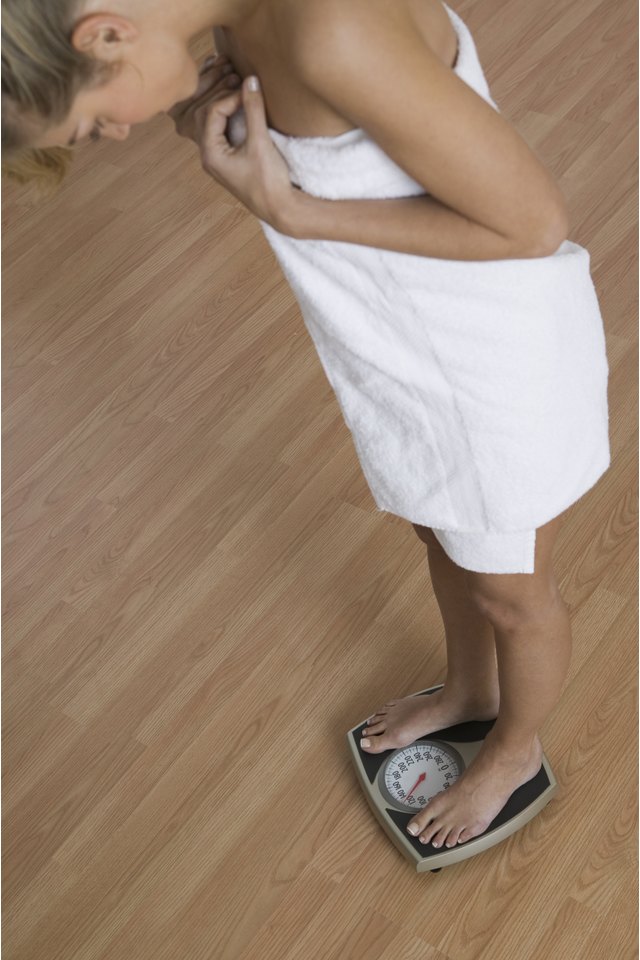Body Mass Index Advantages & Disadvantages

There are many ways to assess your weight and body composition to determine if you're carrying too much body fat. Some methods, such as skin fold caliper testing, are quite invasive while an MRI, which is very accurate, may not be readily available. Body mass index, BMI for short, compares your height to your weight and is often used by healthcare professionals as a convenient way of assessing whether your weight is healthy.
BMI Methodology
There are numerous online BMI calculators. Alternatively, you can use these equations:
English BMI Formula BMI = [(Weight in Pounds / ( Height in inches x Height in inches )] x 703
Metric BMI Formula BMI = Weight in Kilograms / ( Height in Meters x Height in Meters )
On completion of the calculation, you should have a result between 15 to 40, although some very under or overweight individuals may score outside of these parameters. The lower end of the scale suggests that you are underweight while those on the higher end of the scale are considered overweight; 18.5 to 25.0 is deemed to be healthy.
Advantages of BMI Testing
BMI testing, unlike many of the other methods used to assess weight, requires no special training. Although the calculation may seem complicated on first view, with practice it can be completed easily in just a few moments. The results are easy to understand; it's simply a matter of looking up your score on a standardized chart. BMI testing does not require you to remove any clothing, other than your shoes when you weigh yourself, which makes it ideal for users who might otherwise be put off by a more invasive procedure.
Disadvantages of BMI Testing
Your body weight includes a number of components, such as muscle mass, fat, internal organs, water and skeletal weight. BMI does not differentiate between these components, so some populations will score badly when, in fact, they are quite healthy.
Muscle and bone weigh significantly more than fat, so it's possible to be heavy but still carry a low amount of body fat. This is often the case for football players, competitive weightlifters, those with large skeletal frames and other very muscular people.
Conclusion
BMI provides a quick snapshot of your weight in relation to your height. However its limitations mean that if you want a more personalized and accurate result, BMI should be used in conjunction with other tests, such as underwater weighing, bio-electrical impedance or a skin fold caliper exam, which will reveal how much of your weight consists of fat.
References
- Essential Exercise Physiology; William D. McArdle and Frank I. Katch
- Essentials of Strength Training and Conditioning; Thomas Baechle and Roger Earle
- World Health Organisation -- BMI classification
Resources
Writer Bio
This article was written by the CareerTrend team, copy edited and fact checked through a multi-point auditing system, in efforts to ensure our readers only receive the best information. To submit your questions or ideas, or to simply learn more about CareerTrend, contact us [here](http://careertrend.com/about-us).
